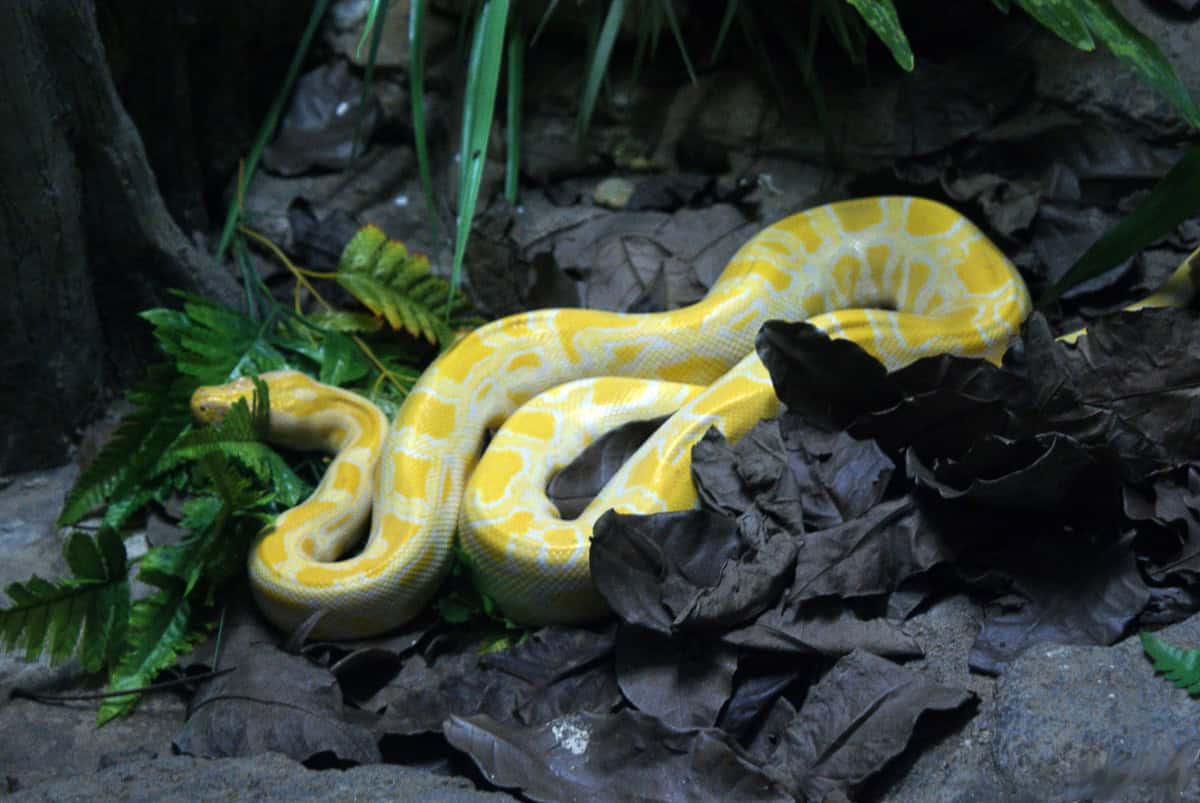Throughout history, wild animals have played pivotal roles in shaping the natural world around us. Sometimes through natural processes, and other times through human introduction to new environments, certain species have dramatically altered ecosystems in ways that continue to reverberate today. These ecological transformations highlight the delicate balance of nature and demonstrate how a single species can trigger cascading effects throughout entire habitats. From predators that restore balance to invasive species that wreak havoc, these 14 wild animals have left indelible marks on their environments, forever changing the landscapes they inhabit and teaching us valuable lessons about ecosystem management and conservation.
12. Gray Wolves of Yellowstone National Park
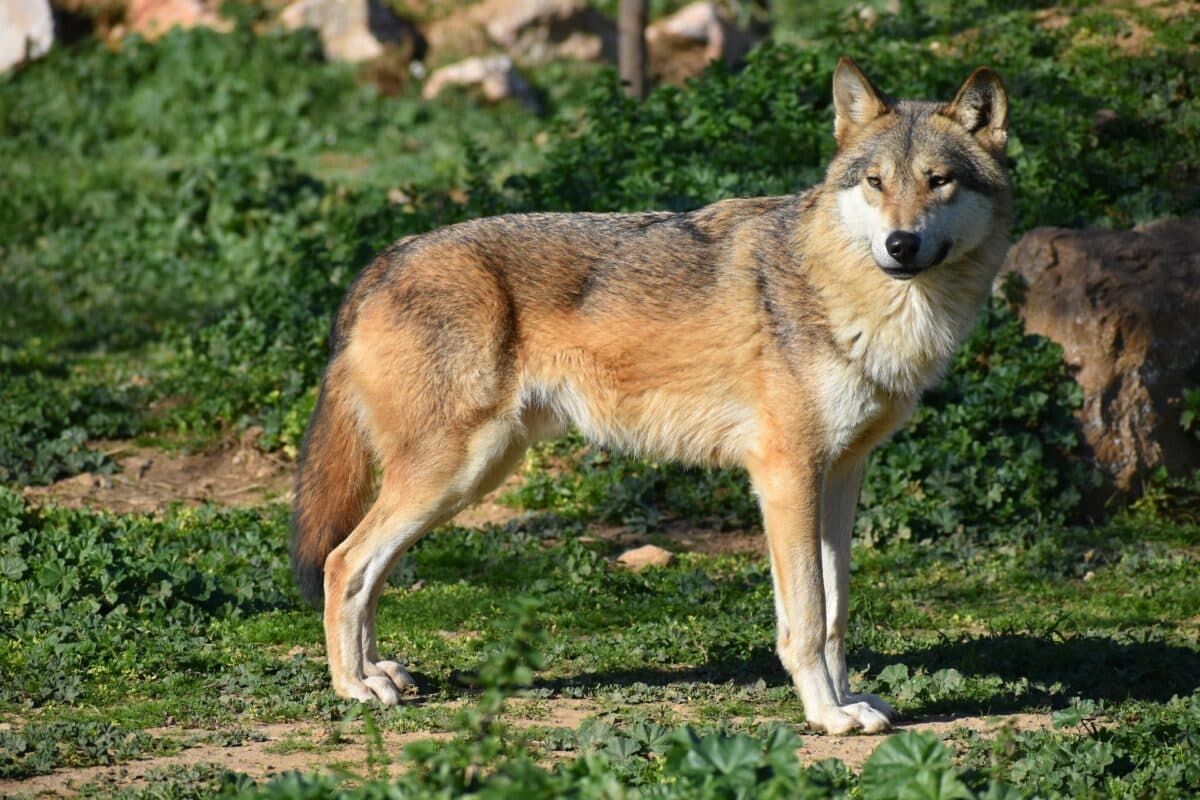
The reintroduction of gray wolves to Yellowstone National Park in 1995 stands as one of the most famous examples of trophic cascades in ecological history. After being absent for nearly 70 years due to hunting and extermination policies, the wolves’ return triggered dramatic changes throughout the ecosystem. With wolves back on the landscape, elk populations—which had grown unchecked—began to decline and alter their behavior, spending less time in open valleys where they were vulnerable to predation.
This behavioral shift allowed previously over-browsed vegetation, particularly willows, aspens, and cottonwoods, to regenerate along riverbanks. The recovering plant communities stabilized eroding banks, created habitat for songbirds, and provided building materials for beavers. As beaver populations increased, their dams created wetland habitats that benefited fish, amphibians, and other wildlife. The wolves also reduced coyote numbers, which led to increases in small mammal populations that supported more hawks, foxes, and badgers. This remarkable chain reaction, from predator to plants to physical landscape, demonstrates how a single species can reshape an entire ecosystem, restoring balance and biodiversity that had been lost for decades.
11. European Rabbits in Australia
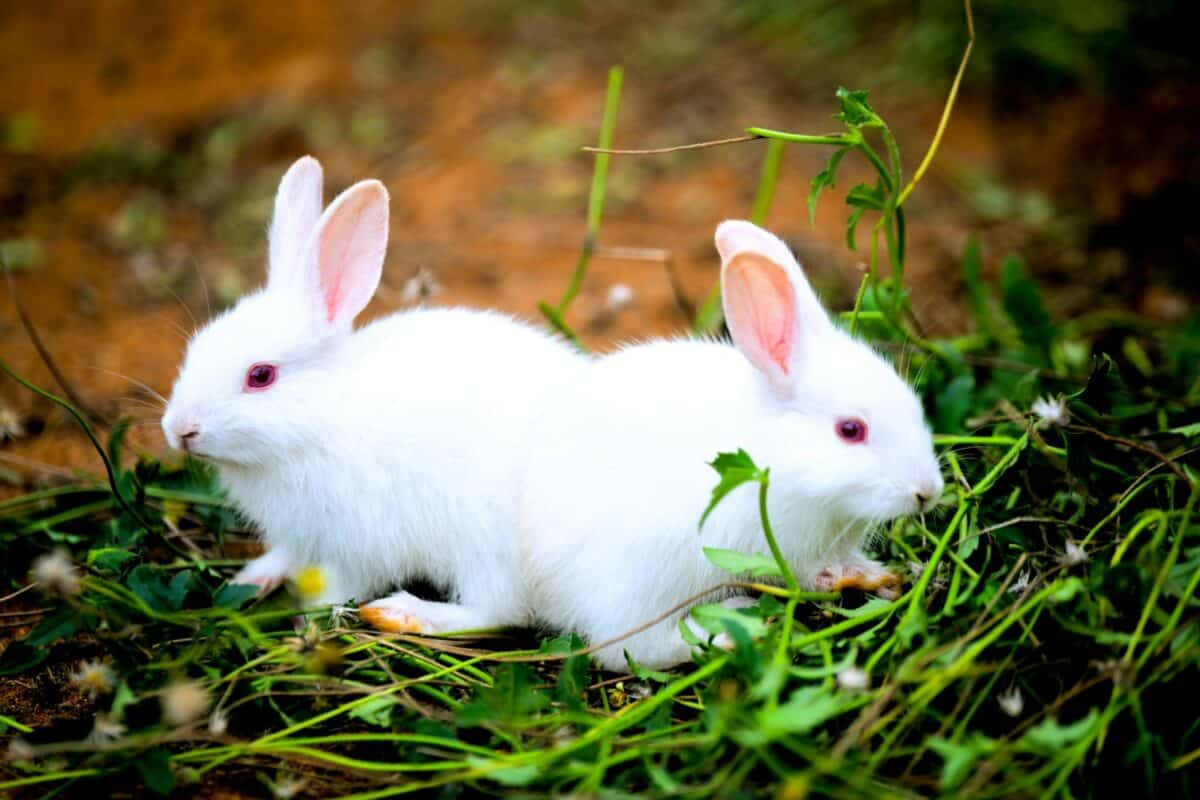
In 1859, Thomas Austin released 24 European rabbits on his property in Victoria, Australia, for hunting purposes. This seemingly innocuous introduction would become one of the most destructive invasive species events in history. The rabbits, faced with favorable conditions and few predators, reproduced exponentially—by the 1920s, Australia’s rabbit population had swelled to an estimated 10 billion individuals.
This rabbit invasion devastated Australia’s ecosystems in multiple ways. Their voracious appetite and rapid breeding led to widespread vegetation loss, as they consumed native plants faster than they could regenerate. This deforestation accelerated soil erosion and degraded habitat for native species. The ecological competition pushed many indigenous animals toward extinction, particularly small marsupials that competed for the same food resources. Despite multiple control efforts, including the construction of the world’s longest fence (the “Rabbit-Proof Fence”), poisoning campaigns, and the introduction of biological controls like the myxoma virus and rabbit hemorrhagic disease, rabbits continue to cause approximately $200 million in agricultural damage annually and remain one of Australia’s most significant ecological challenges.
10. American Beavers as Ecosystem Engineers

The American beaver (Castor canadensis) earns its reputation as nature’s engineer through its remarkable ability to transform landscapes. By building dams across streams, beavers create ponds and wetlands that dramatically alter hydrology, vegetation patterns, and biodiversity. These industrious rodents were once abundant across North America, with populations estimated at 60-400 million before European colonization. After being hunted to near-extinction for their fur, their recovery has allowed scientists to observe their profound ecological impacts.
Beaver dams and ponds slow water movement, reducing erosion and improving water quality by filtering sediments and pollutants. The flooded areas behind dams create wetland habitats that support a wealth of biodiversity, including fish, amphibians, waterfowl, and specialized plants. Research shows that beaver ponds can increase local species richness by up to 75%. Their engineering activities also help mitigate climate change effects by storing water during droughts, reducing the impacts of floods, and sequestering carbon in accumulated sediments. In recognition of these benefits, many conservation projects now use beaver reintroduction as a cost-effective approach to wetland restoration and watershed management, highlighting how this single species can transform degraded ecosystems into thriving wetland habitats.
9. Sea Otters and Kelp Forest Protection

Sea otters (Enhydra lutris) provide one of the clearest examples of how a keystone predator can preserve an entire ecosystem through their dietary habits. These marine mammals feed on sea urchins, which graze voraciously on kelp. When sea otter populations are healthy, they keep sea urchin numbers in check, allowing kelp forests to thrive. These underwater forests are among the most productive ecosystems on Earth, supporting thousands of marine species and serving as critical nursery habitats for commercially important fish.
The ecological importance of sea otters became evident following their near-extinction during the maritime fur trade of the 18th and 19th centuries. In areas where otters disappeared, sea urchin populations exploded, creating “urchin barrens”—underwater deserts where kelp and associated biodiversity vanished. Studies along the Alaskan and Californian coasts have documented dramatic recovery of kelp ecosystems following sea otter reintroduction, with carbon sequestration increasing by 4.4 to 8.7 megatons as kelp forests regrew. Beyond maintaining kelp forests, sea otters enhance seagrass bed health by preying on crabs that would otherwise consume nutrient-cycling sea slugs. This remarkable chain of interactions demonstrates how a single predator species with specific dietary preferences can maintain the structure and function of entire coastal ecosystems.
8. Cane Toads in Australia’s Northern Territory

Introduced to Australia in 1935 as a biological control for sugarcane beetles, cane toads (Rhinella marina) have become one of the world’s most notorious invasive species. Native to South and Central America, these amphibians spread rapidly across northern Australia, with their current range covering over 1.2 million square kilometers and continuing to expand at approximately 40-60 kilometers per year in some regions. Unlike the rabbits that primarily affected vegetation, cane toads have devastated Australia’s predator populations.
The toad’s skin contains potent bufotoxins that are lethal to most Australian predators that attempt to eat them, including goannas, freshwater crocodiles, quolls, and certain snakes. Population declines of up to 90% have been documented in some predator species following the toads’ arrival. This removal of native predators has triggered trophic cascades throughout food webs. For instance, with fewer predatory lizards, populations of certain insects and small reptiles have increased. Ironically, the toads failed at their intended purpose of controlling cane beetles. Control efforts continue to challenge scientists, though some native species are showing signs of evolutionary adaptation, either through behavioral avoidance or increased toxin resistance, demonstrating nature’s remarkable, if slow, ability to adapt to invasive threats.
7. Elephants as Landscape Architects

African elephants (Loxodonta africana) are often called “ecosystem engineers” due to their outsized impact on habitat structure and plant community composition. As the largest terrestrial animals, weighing up to 6 tons, their daily consumption of 150-300 kg of vegetation and distinctive feeding behaviors dramatically reshape their environments. By pushing over trees, stripping bark, and breaking branches, elephants convert dense woodland into more open savanna systems, creating habitat mosaics that benefit a variety of other species.
This landscape modification increases biodiversity by promoting the coexistence of both woodland and grassland species. Elephants also serve as important seed dispersers, with studies showing they can transport seeds up to 65 kilometers from their source—far exceeding the dispersal range of most other animals. Their dung provides a nutrient-rich germination environment for these seeds. Additionally, elephant wallows create water-holding depressions that serve as microhabitats for amphibians and water sources during dry periods. The ecological significance of elephants becomes particularly evident when they’re removed from ecosystems. Areas that have lost elephant populations often experience “bush encroachment”—the thickening of woody vegetation that reduces habitat diversity and can negatively impact other grazers like antelope. Conservation of elephants is thus essential not just for the species itself but for maintaining the structure and function of entire savanna ecosystems.
6. Lionfish Invasion of Atlantic Coral Reefs

The invasion of Indo-Pacific lionfish (Pterois volitans and P. miles) into Atlantic waters represents one of the most rapid and destructive marine invasions ever documented. First reported off Florida’s coast in the 1980s—likely released from home aquariums—these striking but venomous predators have spread throughout the Caribbean Sea, Gulf of Mexico, and up the Atlantic coast as far north as Rhode Island. Their impact on native fish communities has been devastating.
With voracious appetites, lionfish consume a wide variety of small reef fish and crustaceans, with studies documenting consumption rates of up to 30 fish per lionfish in a single day. Research on Bahamian reefs has shown that lionfish reduced small native fish populations by up to 80% in just five weeks. This predation pressure particularly affects ecologically important species like parrotfish, which keep algae in check on coral reefs. With fewer herbivorous fish, algae can overgrow and smother coral, potentially accelerating reef decline. Lionfish also outcompete native predators like groupers and snappers for both food and habitat. Unlike in their native range, Atlantic ecosystems lack predators that recognize lionfish as prey, allowing their populations to grow unchecked. Control efforts now focus on developing a targeted fishery, with lionfish increasingly appearing on restaurant menus as conservation organizations promote their consumption to help manage this invasive predator.
5. Bison and the North American Prairies

American bison (Bison bison) played a foundational role in shaping and maintaining the vast grassland ecosystems of North America for thousands of years. Before European settlement, an estimated 30-60 million bison roamed the continent, and their ecological impact was immense. Through their grazing patterns, physical disturbance of the soil, and interactions with other species, bison functioned as ecosystem engineers that influenced everything from plant community composition to nutrient cycling.
Bison grazing creates a patchwork of vegetation at different growth stages, increasing habitat diversity and plant species richness. Unlike cattle, which graze uniformly, bison selectively feed on grasses while largely avoiding flowering plants, which allows for greater plant diversity. Their wallowing behavior—rolling in dirt depressions—creates microhabitats that collect rainwater and support unique plant communities. Additionally, bison hooves break up soil crusts and press seeds into the ground, aiding germination, while their dung fertilizes the soil and disperses seeds. When bison were nearly exterminated in the late 1800s, the prairie ecosystems they helped maintain began to change fundamentally. Modern conservation efforts focus not just on recovering bison populations—currently around 500,000, mostly in managed herds—but on restoring their ecological functions across large landscapes. Projects like the American Prairie Reserve in Montana aim to reestablish the bison’s role in maintaining healthy grassland ecosystems that support the full diversity of prairie species.
4. Burmese Pythons in the Florida Everglades
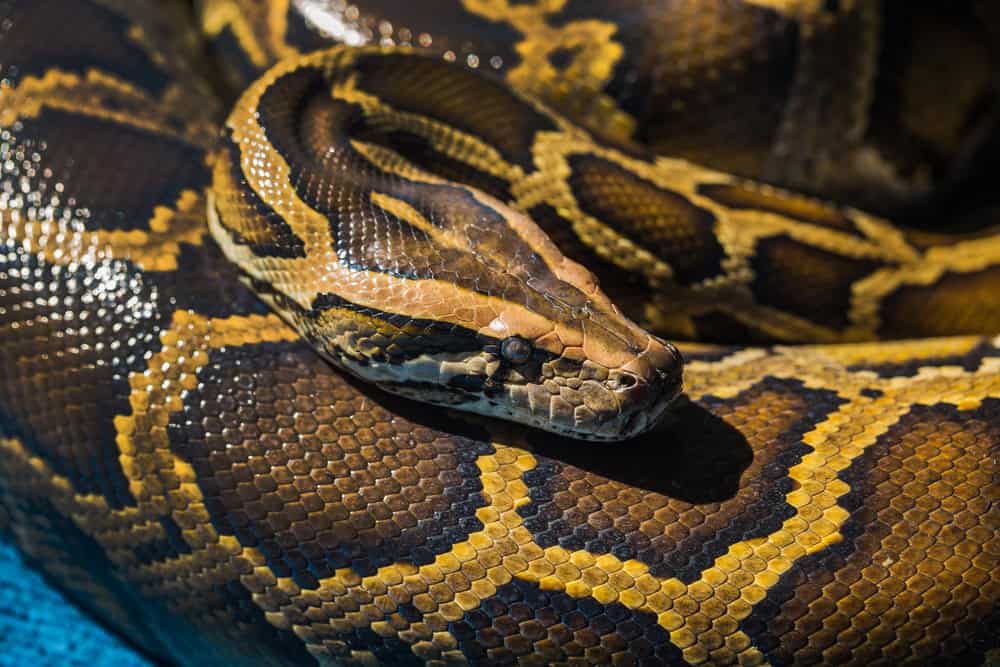
The Burmese python (Python bivittatus) invasion of the Florida Everglades represents one of the most challenging invasive species problems in the United States. These massive constrictors, which can grow to over 18 feet long and weigh up to 200 pounds, established breeding populations in South Florida following releases from the exotic pet trade, with their presence confirmed by the 1980s and breeding populations established by 2000. The ecological consequences have been severe and far-reaching.
Research has documented catastrophic declines in native mammal populations throughout the Everglades ecosystem. A 2012 study found that raccoon observations decreased by 99.3%, opossum observations by 98.9%, and bobcat observations by 87.5% in areas where pythons were established. Such dramatic predator-driven declines are rarely documented in ecological literature. The removal of these mammals has triggered cascading effects throughout the food web, altering predator-prey dynamics and potentially affecting everything from plant communities to disease transmission. The pythons have proven exceptionally difficult to control due to their cryptic coloration, secretive behavior, and the vast, inaccessible wetland habitats they occupy. Recent control efforts include trained detector dogs, environmental DNA sampling to locate populations, and organized python hunting competitions, but the invasion continues to spread northward in Florida. The python case illustrates how a single introduced predator can fundamentally reorganize an ecosystem by removing key native species.
3. Earthworms as Soil Transformers
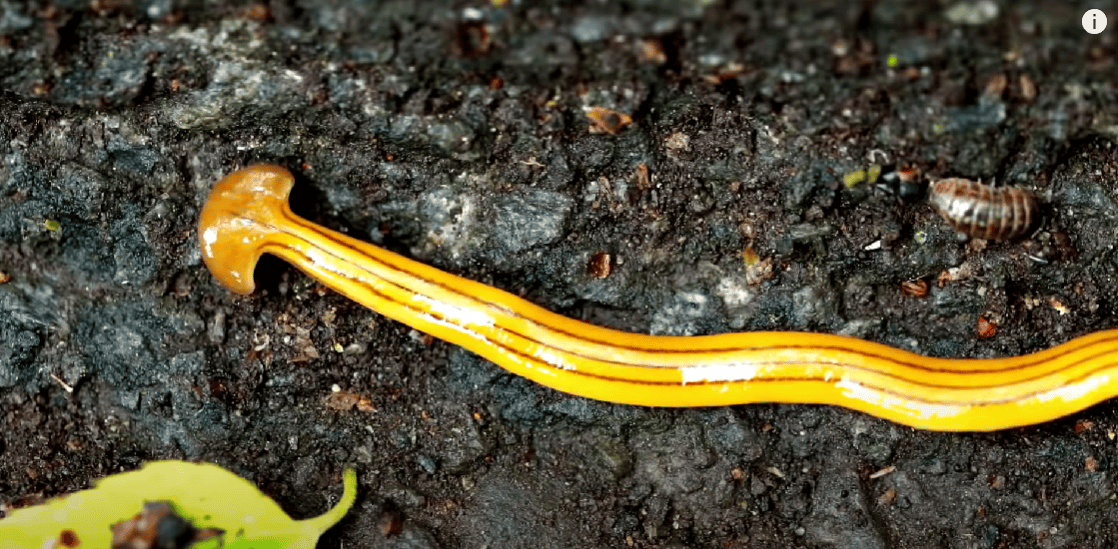
Earthworms, particularly European species like Lumbricus terrestris, have dramatically altered forest ecosystems across North America since their introduction by European settlers. Most surprising to many is that much of northern North America was naturally earthworm-free following the last ice age. The glaciers eliminated native earthworms, and their slow dispersal rate meant forests developed for thousands of years without their presence. When European colonists brought plants with soil containing earthworm cocoons, they unknowingly introduced organisms that would fundamentally transform forest floor ecology.
In earthworm-free forests, leaf litter accumulates in a thick, spongy layer called duff that provides crucial habitat for native plants, seedlings, and small invertebrates. When earthworms invade, they rapidly consume this layer, converting it to castings (worm excrement). Studies in Minnesota and Wisconsin hardwood forests have documented 95% reductions in leaf litter biomass following earthworm invasion. This transformation changes soil structure, nutrient cycling, and mycorrhizal fungi relationships that many plants depend on. Native understory plants like trillium, lady’s slipper orchids, and Canada mayflower often decline by 50-70% in invaded areas, while invasive plants like buckthorn and garlic mustard frequently increase. The earthworm-driven changes also affect salamanders, ground-nesting birds, and small mammals that rely on the duff layer. This case illustrates how even seemingly beneficial organisms like earthworms can become ecosystem disruptors when introduced to environments that evolved without them.
2. Dingoes as Top Predators in Australia
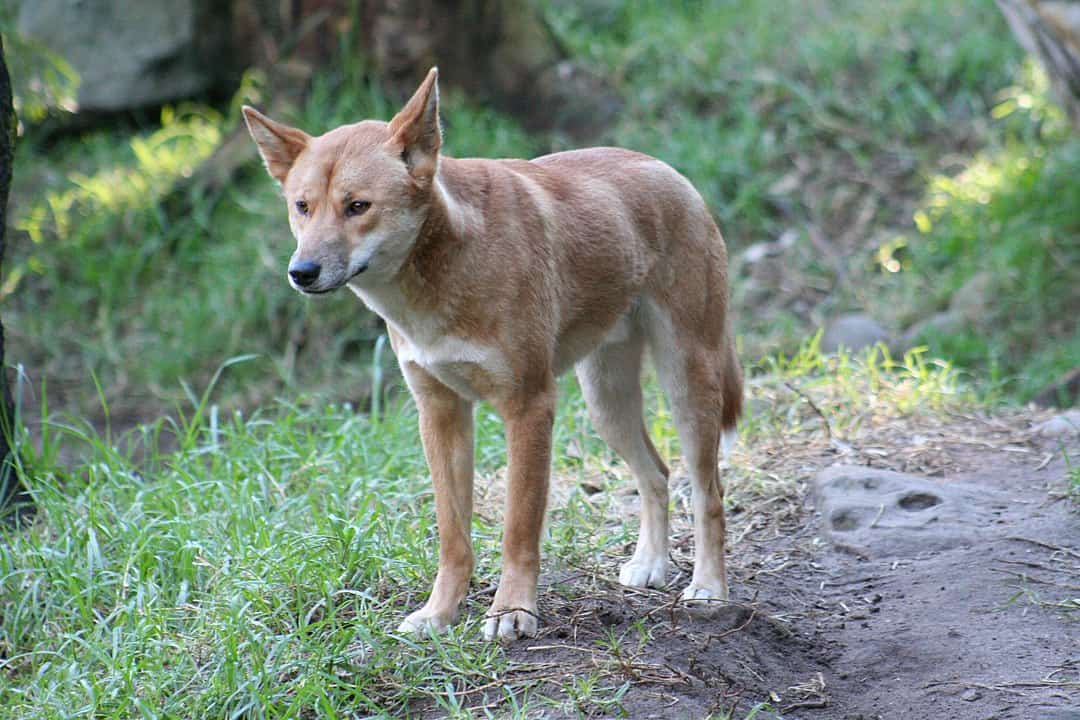
Dingoes (Canis lupus dingo), thought to have arrived in Australia approximately 3,500-4,000 years ago with seafaring peoples from Southeast Asia, have integrated into Australian ecosystems as apex predators. Their ecological role has been most clearly demonstrated through their interactions with introduced European red foxes and feral cats, both of which have contributed to Australia’s alarming rate of small mammal extinctions. In areas where dingo populations remain strong, researchers have documented significantly lower fox populations and, consequently, healthier populations of medium-sized native mammals.
The “Dingo Fence”—a 5,614-kilometer barrier constructed to keep dingoes out of southeastern Australia’s sheep country—has created a continental-scale experiment demonstrating the predator’s ecological importance. Studies comparing areas with and without dingoes show that ecosystems with dingoes present typically maintain more biodiversity and have fewer invasive species problems. Dingoes regulate kangaroo populations, preventing overgrazing that can lead to vegetation loss and desertification. They also suppress mesopredators (middle-sized predators) like foxes and cats through direct killing and competition, indirectly protecting smaller native species from these efficient predators. Despite their ecological benefits, dingoes face persecution as livestock predators and hybridization with domestic dogs, threatening their role as ecosystem regulators. Their story illustrates how predators introduced thousands of years ago can become integral to maintaining ecological balance and even help mitigate the impacts of more recently introduced species.
1. Honeybees and Global Agriculture

The European honeybee (Apis mellifera), though not typically considered an ecosystem-changing species, has transformed global agriculture and plant communities through its worldwide introduction for honey production and pollination services. Native to Europe, Africa, and western Asia, honeybees have been transported by humans to every continent except Antarctica, establishing both managed and feral populations that interact with native ecosystems in complex ways.
In agricultural settings, honeybees have become essential pollinators, with their managed pollination services valued at $15-20 billion annually in the United States alone.
Conclusion:

The stories of these 14 wild animals demonstrate the immense power individual species hold in shaping, maintaining, or disrupting entire ecosystems. Whether through natural behavior, as seen with keystone species like wolves, sea otters, and elephants, or through unintended human introductions, such as cane toads, lionfish, and earthworms, these animals serve as compelling examples of ecological cause and effect. Their impacts ripple through food webs, reshape landscapes, and alter biodiversity in profound ways—sometimes restoring balance and resilience, other times triggering collapse and irreversible change. As we continue to manage and conserve natural environments, these cases remind us of the importance of understanding species’ roles within ecosystems and the far-reaching consequences of both their loss and their introduction. Responsible stewardship requires recognizing that no organism exists in isolation, and that the health of entire ecosystems can pivot on the presence—or absence of just one species.
- 13 Wild Babies That Are Born Ready to Run - August 16, 2025
- 12 Wild Creatures That Can Regrow Entire Limbs - August 16, 2025
- How Do Whales Communicate Across Thousands of Miles? - August 16, 2025

